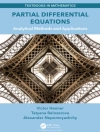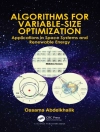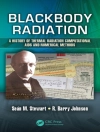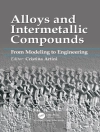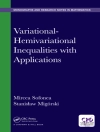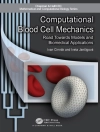We hope this book will make the bewildering variety of methods for estimat- ing the abundance of animal populations more accessible to the uninitiated and more coherent to the cogniscenti. We have tried to emphasize the fun- damental similarity of many methods and to draw out the common threads that underlie them. With the exception of Chapter 13, we restrict ourselves to closed populations (those that do not change in composition over the period(s) being considered). Open population methods are in many ways simply extensions of closed population methods, and we have tried to pro- vide the reader with a foundation on which understanding of both closed and open population methods can develop. We would like to thank Miguel Bernal for providing the St Andrews example dataset used frequently in the book; Miguel Bernal and Jeff Laake for commenting on drafts of the book; Jeff Laake for providing Figure 10.1; NRC Research Press for allowing us to use Figures 10.2, 10.3, 10.4, 10.5, 10.6 and10.7; the International Whaling Commission for allowing us to use Figure 12.1; Sharon Hedley for providing Figures 12.1 and 12.2. D.L.B. is eternally indebted to Carol, Alice and Aidan for their support through writing the book, and for the many evenings and weekends that it has taken from them.
D.L. Borchers & Stephen T. Buckland
Estimating Animal Abundance [PDF ebook]
Closed Populations
Estimating Animal Abundance [PDF ebook]
Closed Populations
购买此电子书可免费获赠一本!
语言 英语 ● 格式 PDF ● ISBN 9781447137085 ● 出版者 Springer London ● 发布时间 2013 ● 下载 3 时 ● 货币 EUR ● ID 4633320 ● 复制保护 Adobe DRM
需要具备DRM功能的电子书阅读器


